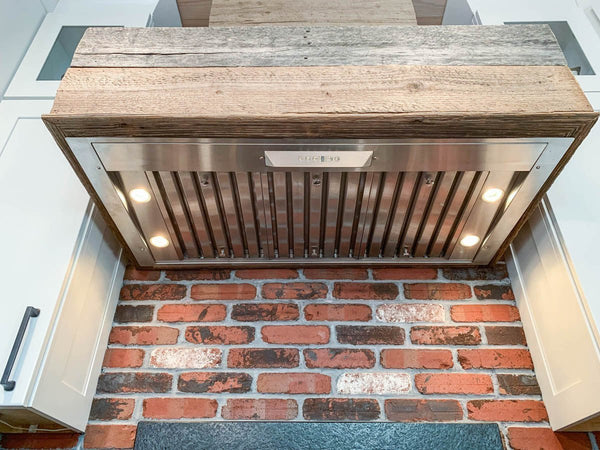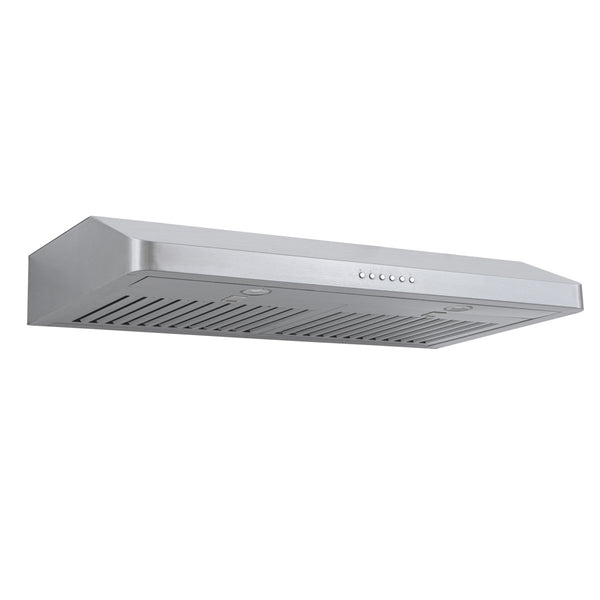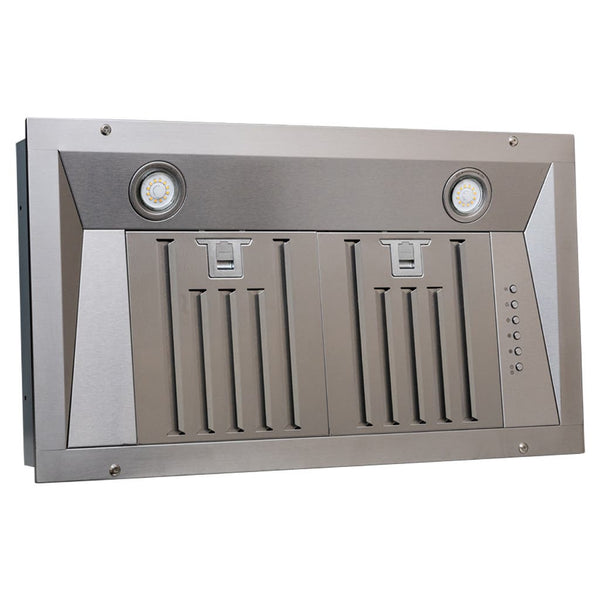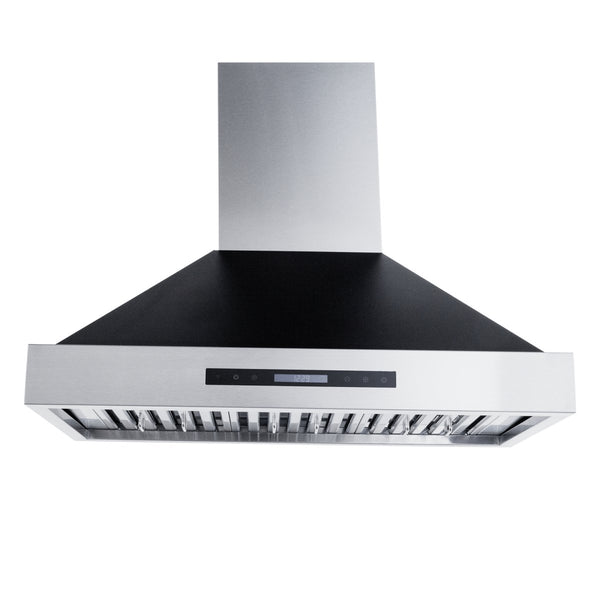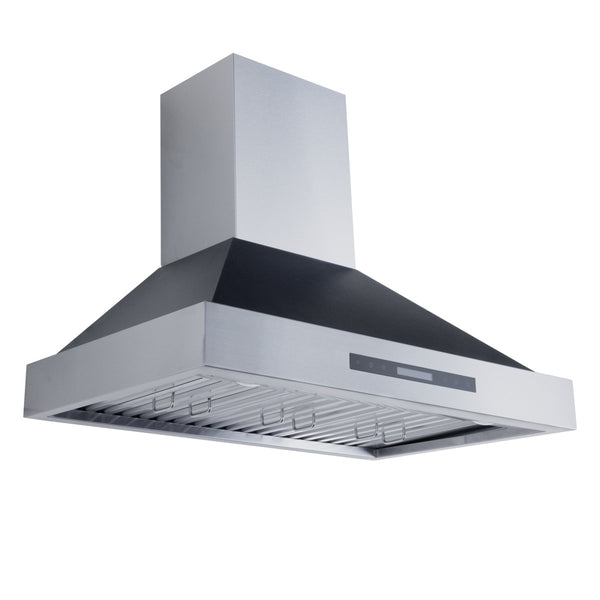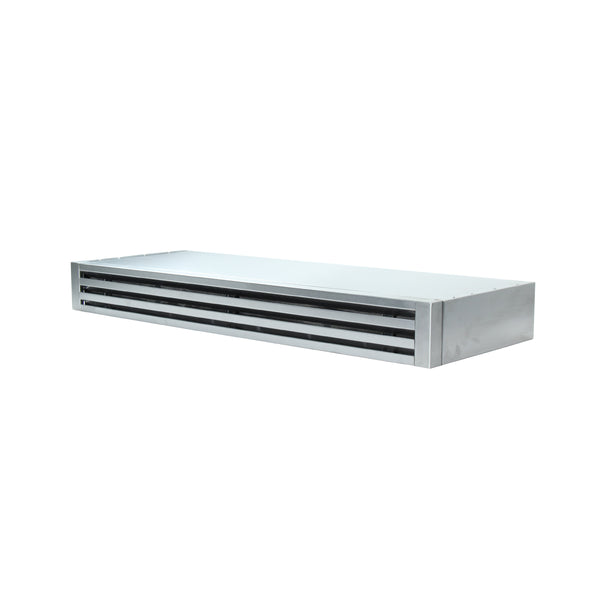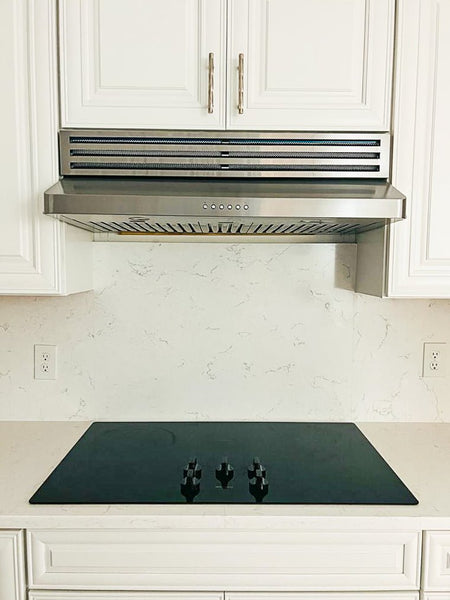You just bought a new wok and it’s time to get cooking! But don’t jump right in just yet. You need to season your wok first! Seasoning your wok is what gives the food its great flavor. As you cook with your wok, it’ll eventually form a nice non-stick coating!
There’s a lot of information out there on seasoning a wok. Some people like to focus on the type of wok. How to season a carbon steel wok, stainless steel wok, cast iron wok, you get the idea.
Others look at the type of stove they have in their kitchen: how to season a wok on a gas stove, electric stove, glass stove, or induction stove, for example.
This ultimate guide covers all types of woks and stoves.
The truth is, you can use similar techniques to season your wok regardless of the type of wok or stove.
We’ll go over six different ways to season your wok – even seasoning it with garlic. Weird, right? But it works! To get started, you will need some basic items. Let’s gather those first.
Note: Most new woks have a thin protective coating applied in the factory. You’ll want to remove that coating so you can apply a better oil and season the wok.
The factory coating will not last as long as the natural seasoning and it will eventually burn off. You won’t be able to properly season your wok without removing this coating first.
What You Need
- Dish soap
- Water
- Oil with a high smoke point, like peanut or canola oil
- Stovetop
- Sponge or scrub brush
- Paper towel or microfiber towel
1. Clean your wok off with dish soap and hot water.
This is the only time you’ll use soap and abrasive scrubbers to clean your wok. The goal of seasoning is to get a thin coat of oil on the bottom of your wok that essentially cooks onto the pan over time.
Tip: Avoid cleaning your wok with dish soap. It will eat away at this coating and you’ll have to season it again.
2. Dry your wok with a microfiber towel or paper towel.
Before you add oil and start to heat your wok, make sure it’s completely dry.
3. Coat the interior of the wok with 2 tablespoons of oil.
Oil is the main ingredient for seasoning your wok. Since it can get quite hot, peanut oil, canola oil, or other types with a high smoke point are best.
4. Turn your stove on high and let the wok heat up for about 10 minutes.
If your oil smokes a little, that’s OK. Heavy smoke means the wok is too hot. If a little water evaporates on the wok, it’s just right. Just wet your hand and flick some water in the wok to test this out.
As your wok heats up, it may turn brown, black, or blue due to the heat. This is normal.
5. Let the wok cool for five to 10 minutes.
Rather than drying the wok with a towel, just let it dry naturally. You don’t want to ruin the oil coating.
6. Rinse the wok with hot water.
When you rinse, make sure to avoid soap and all other cleaners, abrasive or not. Again you want to preserve the oil coating as best as possible.
7. Heat it until all the water evaporates.
Heating your wok helps solidify the oil onto its surface.
8. Let the wok cool.
That’s it; you’re done! As you use your wok, it will turn a copper brown color, and eventually after a year or more of use, black. These color changes are supposed to happen. So don’t worry if your wok doesn’t look like the shiny pan you bought several months ago.
How to Season a Carbon Steel Wok
How to Season a Stainless Steel Wok
How to Season a Cast Iron Wok
With Lemon
Do not season your wok with lemon, vinegar, or other acids. The acid will break down the patina on the wok, and you’ll have to reseason it.
With Onions
Instead of heating your wok with just oil, you can cook some onions in it. Strong smelling foods like garlic and onions keep the smoke down while seasoning your wok. Cook them for about 15 minutes with a couple of tablespoons of oil and then throw them out. Unfortunately, they’ll probably burn. But that’s OK. The goal is to season the wok, not cook delicious onions.
Rinse your wok with hot water and then heat it for a couple of minutes until the water evaporates.
With Garlic
Like seasoning with onions, you can also season your wok with garlic. It will help keep the smoke down. Cook the garlic until it is burnt or for about 10 to 15 minutes. Then throw it out and rinse your wok with hot water. Put it back on the burner for a couple of minutes until all the water evaporates.
With Salt
Salt doesn’t contribute to the seasoning of your wok. But it can help clean it before you apply oil. All you do is cook one cup of salt in your wok for about 15 minutes then apply a thin coat of oil after the fact.
The wok is quite hot at this point so you don’t need to heat the oil any further.
Here’s the step-by-step process.
- Rinse your wok.
- Dry it thoroughly.
- Place your wok on the burner at high heat.
- Pour one cup of salt into your wok.
- Move it around the wok for 10 to 15 minutes.
- Add about two tablespoons of oil to the wok. Make sure it’s spread evenly.
Over an Open Fire
Over an open fire, it’s best to have a wok with a long handle and keep the food moving due to high heat. But the process to season your wok doesn’t change. Coat the wok with a couple of tablespoons of oil before heating it for about 10 to 15 minutes. You can fry any type of food you like, but it’ll likely burn. But you’ll end up with a nice nonstick patina when the process is done.
My wok is sticky after seasoning. What should I do?
Your wok can become sticky if you use too much oil to season it. Typically one to two tablespoons is plenty. To fix this, place your wok in the oven upside down at about 450 degrees F for one hour. Let it cool naturally in the oven. Repeat this process until your wok is no longer sticky. It helps to wipe off the excess oil with a paper towel before your wok cools down. Be careful though; the wok will be hot.
If your wok has a wooden handle, you probably can’t put it in the oven. Take a look at the manufacturer’s instructions to make sure your wok is oven-safe.
If it’s not, heat your wok up for 10 to 15 minutes. Some of the oil should liquefy if it hasn’t polymerized for a long time yet. Then wipe off the excess oil with a paper towel.
Frequently Asked Questions
Do you have to season a wok?
Yes, seasoning a wok helps make it non-stick. It adds flavor to your food and protects well against rust.
Should my wok be brown?
Yes, as you cook with your wok it will lose its shine. After a couple of months, it may turn a copper brown. After several months, your wok may start to look black. This is completely normal!
What happens if you don't season a wok?
Most woks out of the box are not non-stick. It can be a huge pain to cook with an unseasoned wok because all your food will stick to it. Seasoning your wok smooths out its surface with a layer of oil. As you cook with your wok, this layer hardens over time. Your wok will eventually turn copper brown and then black.
How do you test if a wok is seasoned?
An easy way to test if a wok is seasoned is to fry an egg. Try to move the egg around and flip it in the pan. If this is easy, your wok is non-stick and therefore seasoned!
What oil do you use to season a wok?
You can use any oil with a high smoke point, around 400º. Here are several oils you can use to season a wok.
- Avocado oil (refined)
- Canola oil (refined)
- Coconut oil (refined)
- Almond oil
- Peanut oil (refined)
- Safflower oil (refined)
- Sunflower oil (semi-refined, refined)
- Grape seed oil
- Corn oil (refined)
Is a seasoned wok nonstick?
Yes, the thin layer of oil on the wok fills the pores on its surface, making it smooth and non-stick.
Do I need to season a non-stick wok?
Seasoning your non-stick wok will help the non-stick surface last longer. Your wok will be more effective at being non-stick. But it’s not required.
That wraps up our ultimate guide on how to season a wok. Have fun frying!
Do you have to season a wok?
Should my wok be brown?
What happens if you don't season a wok?
How do you test if a wok is seasoned?
What oil do you use to season a wok?
Avocado oil (refined)
Canola oil (refined)
Coconut oil (refined)
Almond oil
Peanut oil (refined)
Safflower oil (refined)
Sunflower oil (semi-refined, refined)
Grape seed oil
Corn oil (refined)

